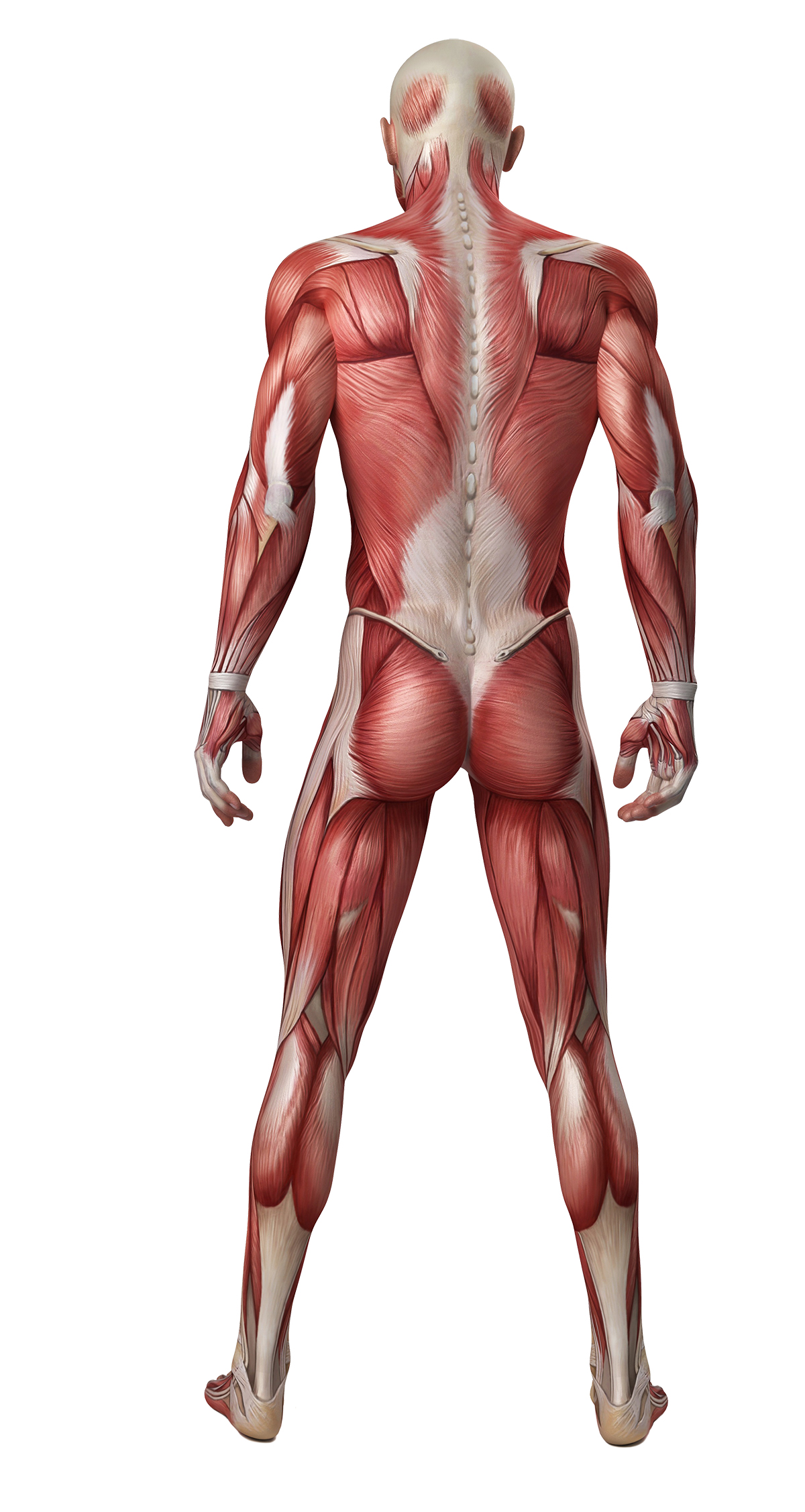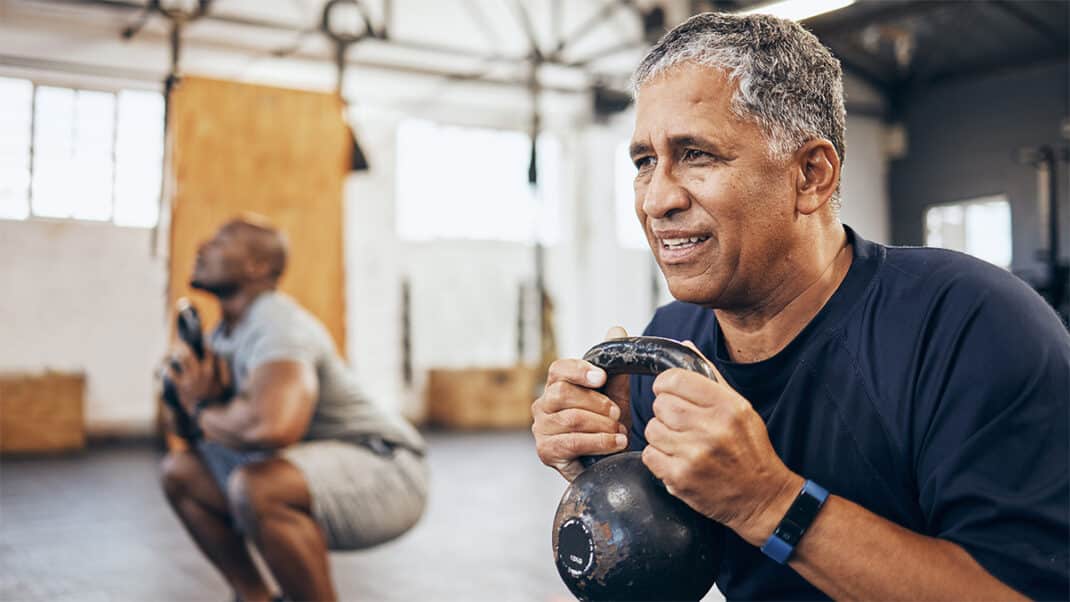Flexing the Muscular System
Noteworthy facts to keep your muscular knowledge strong.

As a fit pro, you are all too familiar with training muscles to build strength, mass and better movement in your clients—by now, you might consider it muscle memory!
Yet, as a major system present throughout the body, the muscular system is vast and intricate with plenty to explore. After all, muscles produce every movement, from the basic, like digestion and respiration, to the complex, like running, dancing and weightlifting.
The muscular system is made up of three muscle types:
- Skeletal muscles, attached to bones by tendons, are the only muscles that are consciously controlled to create movement.
- Smooth muscles that line the inside of blood vessels and organs—like the stomach—contract involuntarily to move food along the digestive tract and maintain blood circulation.
- Cardiac muscles are located in the heart and pump blood throughout the body, acting involuntarily through the nervous system (Burgess 2018; Zimmermann 2016).
Read on to strengthen your grasp on muscle facts:
- The muscular system contains over 600 muscles that work together to keep the body moving and functioning (Burgess 2018).
- Muscle contractions generate 85% of your body heat (Klein 2016).
- The body’s largest muscle is the gluteus maximus, while the strongest muscle by weight is the masseter, which allows the jaw to close with a force of up to 55 pounds on the incisors and 200 pounds on the molars (Burgess 2018).
- Common muscle disorders include inflammatory myopathies that cause muscle inflammation, muscular dystrophies that weaken the muscles, metabolic muscle disorders which interfere with chemical reactions that draw energy from food, and neuromuscular junction disorders that impair the transmission of nerve signals to muscles (Burgess 2018; Zimmermann 2016).
- Muscles compose about 40% of the body’s total weight (Burgess 2018).
- Keeping the muscular system healthy includes doing regular physical activity, eating a balanced diet of lean protein and plant-based nutrients—especially those containing magnesium (e.g., whole grains, leafy green vegetables and almonds)—staying hydrated, and completing warmups and cooldowns to prevent muscle injury during exercise (Castaneda 2018; NIAMS 2017).
References
Burgess, L. 2018. What are the main functions of the muscular system? Medical News Today. Accessed July 22, 2019: medicalnewstoday.com/articles/321617.php.
Castaneda, R. 2018. How to eat for healthy muscles. U.S. News & World Report. Accessed July 26, 2019: health.usnews.com/wellness/food/articles/2018-01-03/how-to-eat-for-healthy-muscles.
Klein, S. 2017. 6 things you probably didn’t know about your muscles. HuffPost. Accessed July 22, 2019: huffpost.com/entry/muscle-facts_n_4414023.
NIAMS (National Institute of Arthritis and Musculoskeletal and Skin Diseases). 2017. Healthy muscle matter. Accessed July 22, 2019: niams.nih.gov/health-topics/kids/healthy-muscles.
Zimmermann, K.A. 2016. Muscular system: Facts, functions & diseases. Live Science. Accessed July 22, 2019: livescience.com/26854-muscular-system-facts-functions-diseases.html.
Sarah Kolvas
Sarah Kolvas is the content manager for IDEA.







